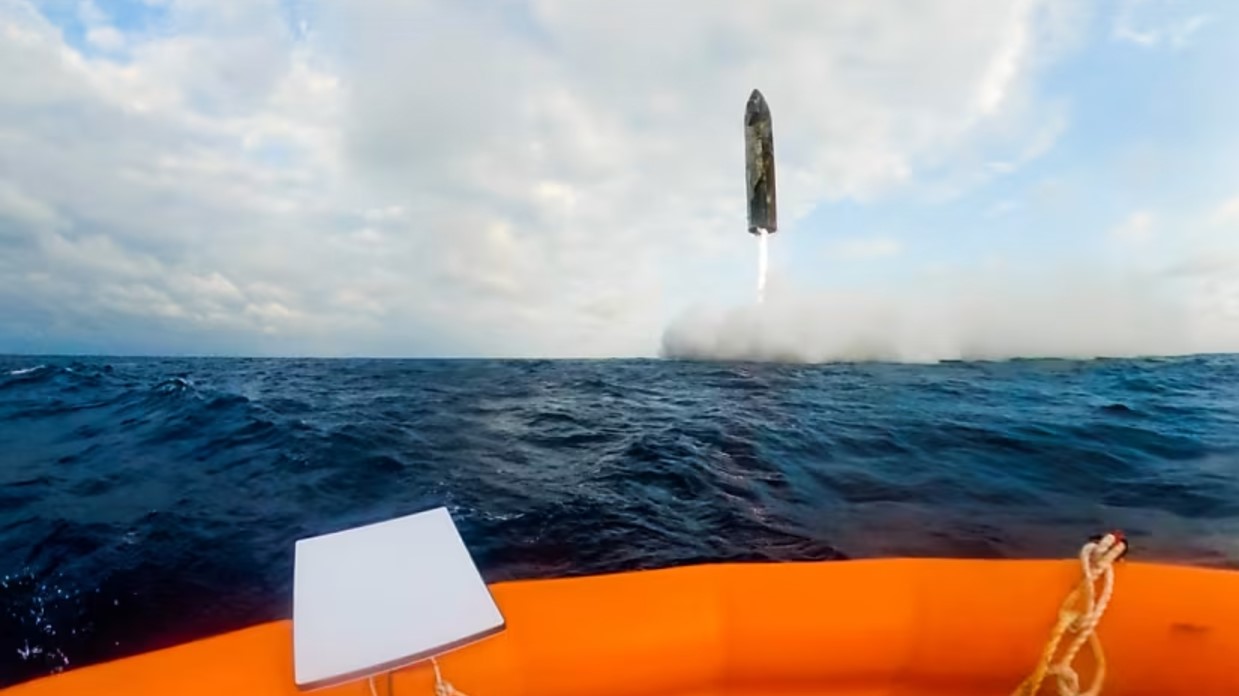The European Space Agency’s ROSETTA mission to study and land a small Philae lander on the Comet Churyumov-Gerasimenko in August 2014, was back in play after coming out of a deep sleep lasting since June 2010. The spacecraft along with its Philae lander had been deliberately placed into hibernation to power down the spacecraft during the long range apohelion phase of the flight where the long distance from the sun meant that its solar arrays would have had difficulty providing enough power for normal operations. The ROSETTA spacecraft came out of its 957 day sleep at 1000 GMT on 20 January 2014. In doing so the spacecraft’s heaters were warmed up and the spacecraft’s high gain antenna was pointed more directly at Earth. Due to the large relative distance, and a short extra delay due to an unexpected computer reboot, a signal showing that the spacecraft has been successfully recovered was not received back on Earth until 1818 GMT (about half an hour late due to the unexpected reboot on the spacecraft’s computer).
There have been other recent emergences from hibernation. On the Moon the Chinese Chang’E 3 mission lander and its Yutu rover were both placed into hibernation in late December 2013 to cope with the lack of lamination during the long lunar winter night, both emerging from their sleep on 15 January 2014.







